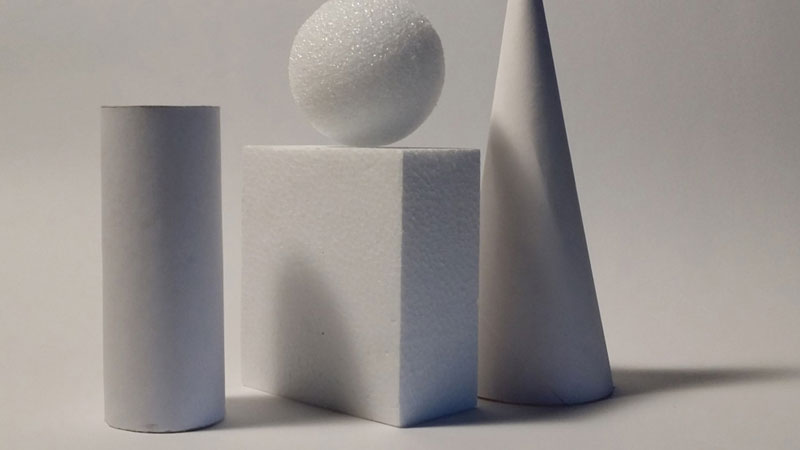
In this post, I’ll offer a few photo references for practicing with value.
The goal should be fairly simple – create the illusion of light and form through value.
Each simple geometric form will have a few defined areas of light and dark areas. Here’s s quick look at these areas…

The highlight is the area where light is hitting the object and will be defined by a light value or tint of the color.
The midtone is the middle value and will be defined by a value in the middle of a value scale.
The core shadow is the area of darkest shadow on the form and will be defined by a darker value or shade of the color.
The cast shadow is an area on a surrounding area (maybe the surface) that is darker in value because light is prevented from reaching that surface. This area will be defined by a darker value or shade of the color.
The reflected highlight is the area on the form that is receiving light that may be reflected off of a surrounding object. This area is typically made up of a middle value or lighter value (tint) of a color.
It should be your goal to locate these areas on forms and draw them in the correct locations. Doing this will create the illusion of form and light.
It should also be noted that a full range of value should be used in your drawing. Use as many values as possible in your drawing…
 So, let’s get practicing. Below, you’ll find five photos of forms for practicing drawing with value. Remember to look for the areas of value and create a full range in your drawings…
So, let’s get practicing. Below, you’ll find five photos of forms for practicing drawing with value. Remember to look for the areas of value and create a full range in your drawings…
If so, join over 36,000 others that receive our newsletter with new drawing and painting lessons. Plus, check out three of our course videos and ebooks for free.
Lesson Discussion
Comments are closed.

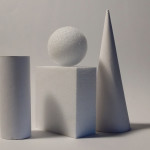
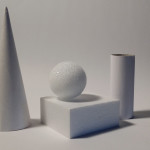
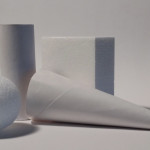
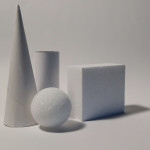
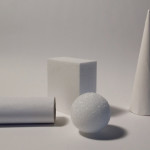


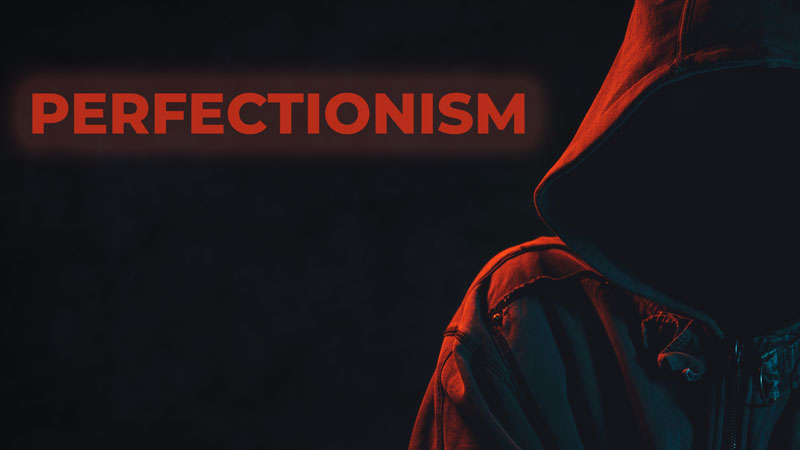

I would like to join drawing , so How could you help me ?